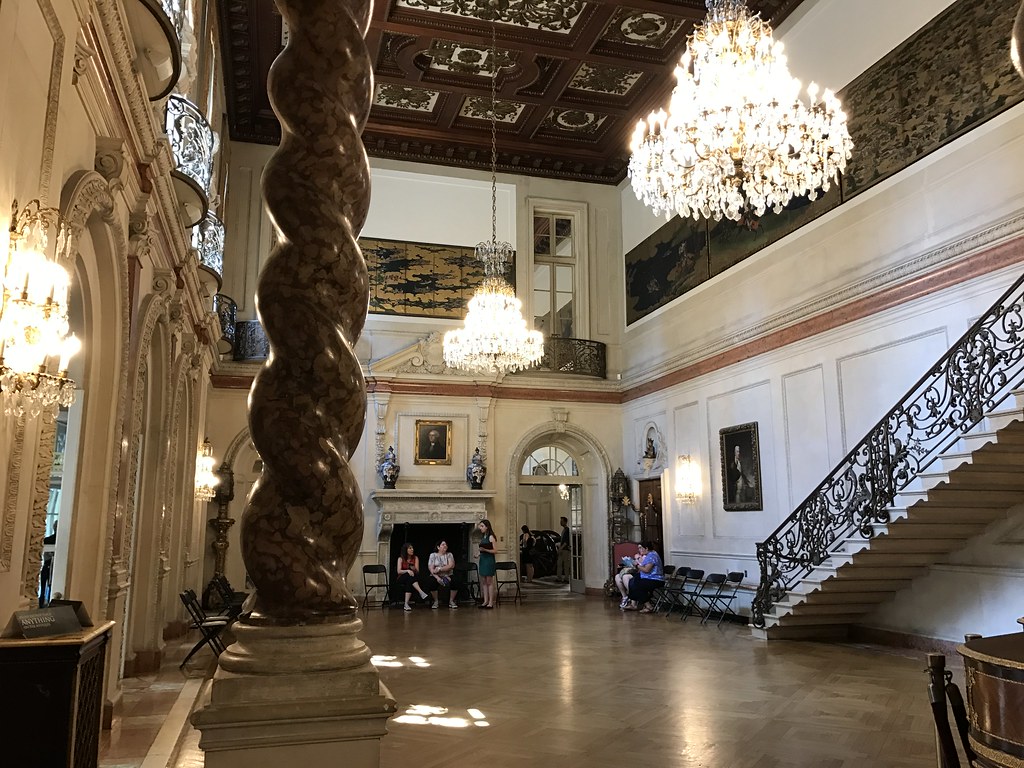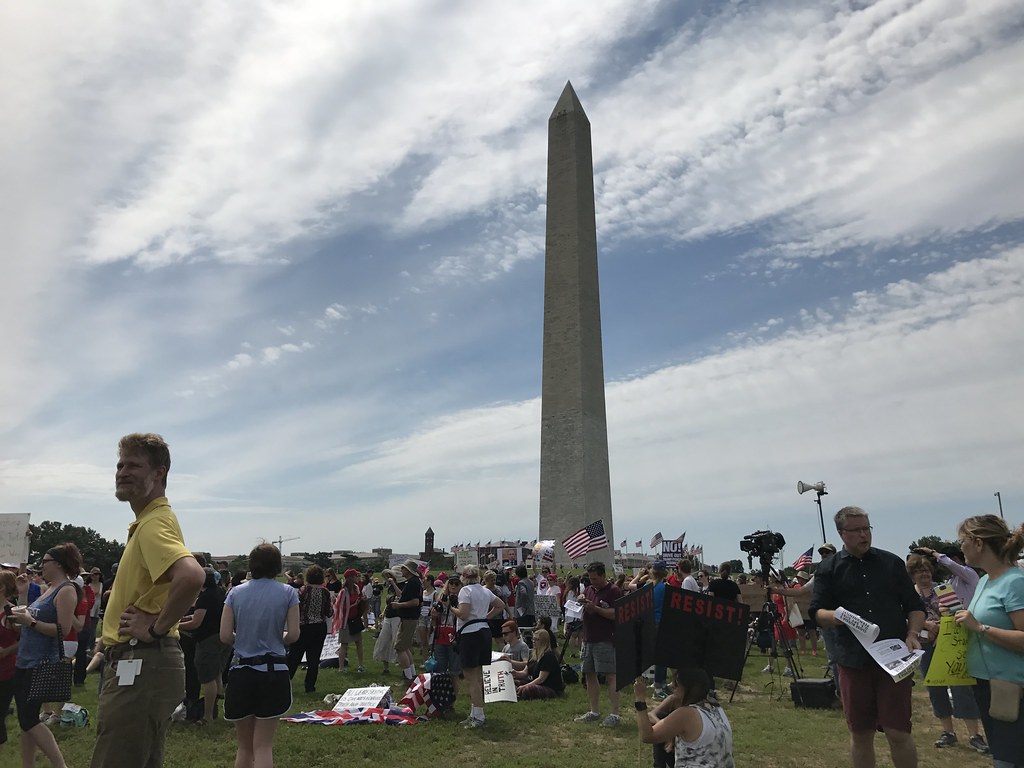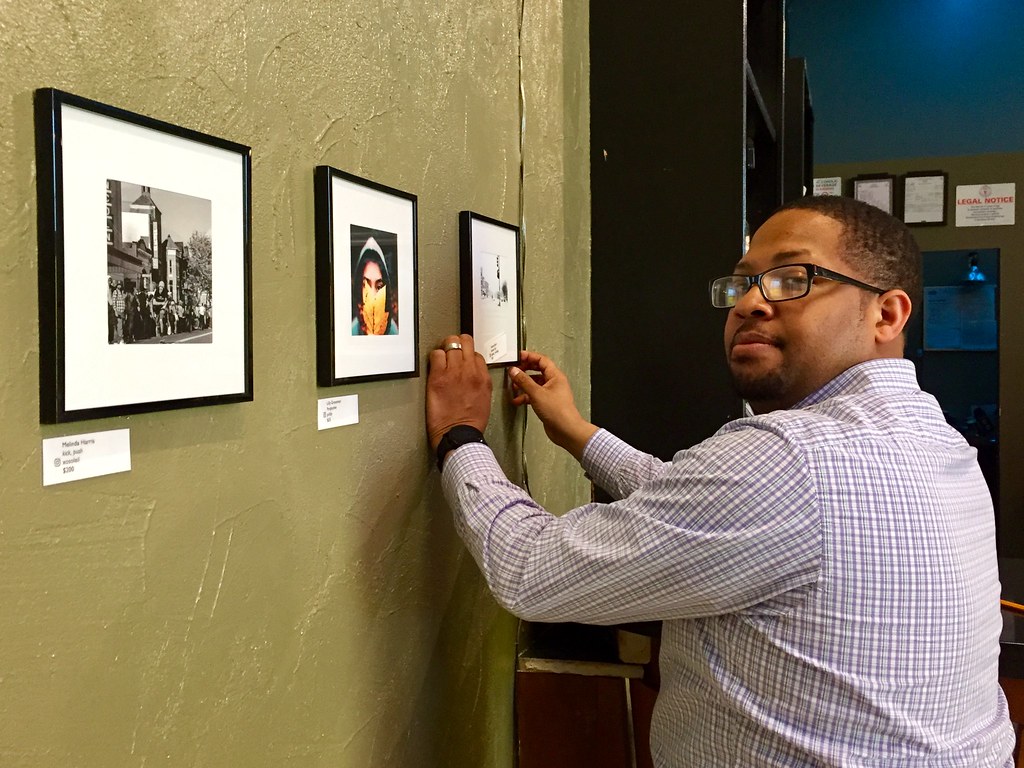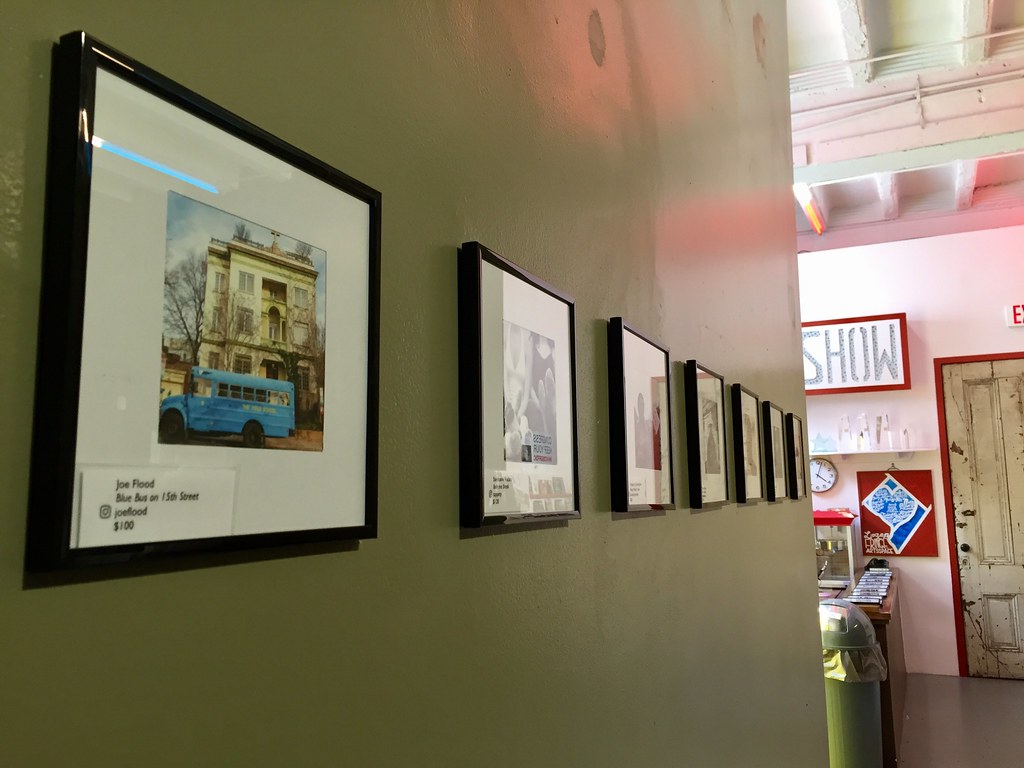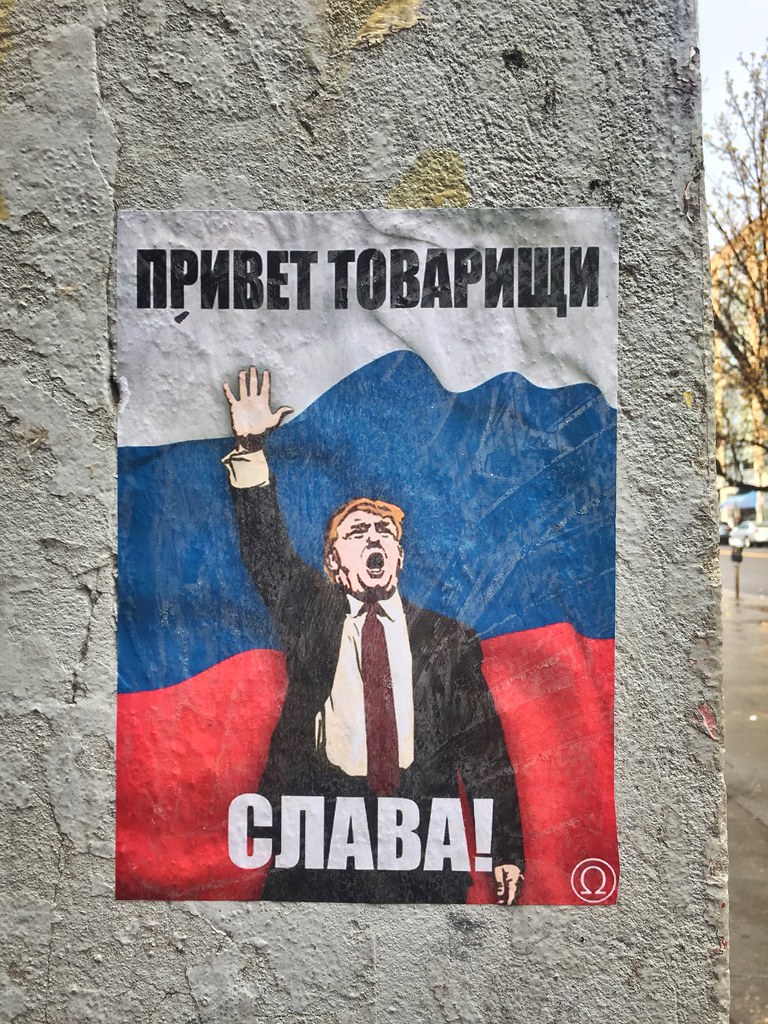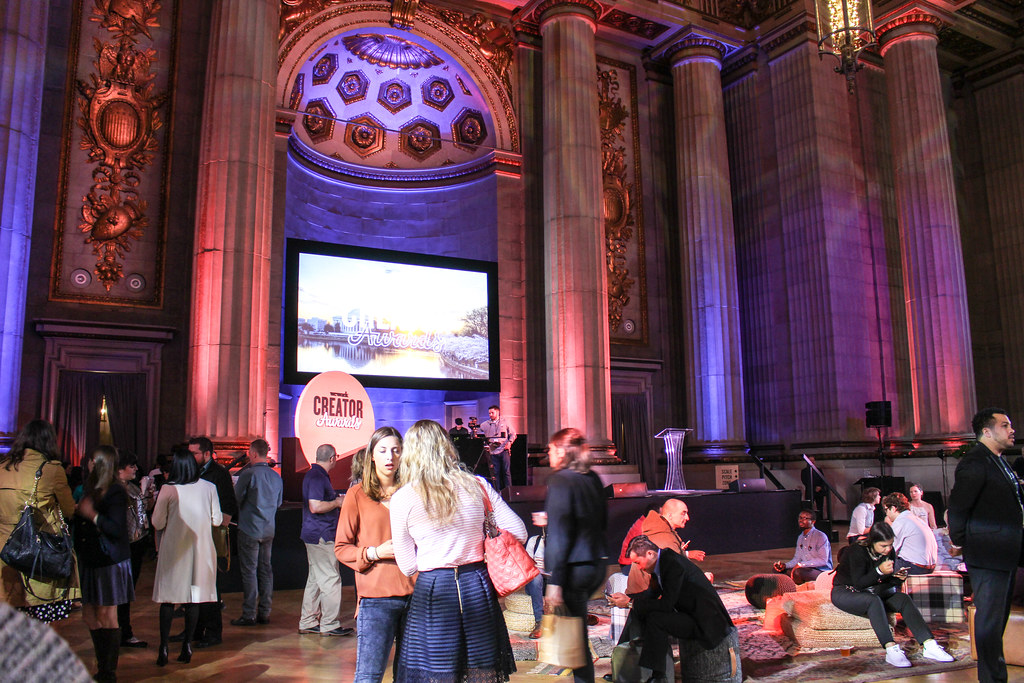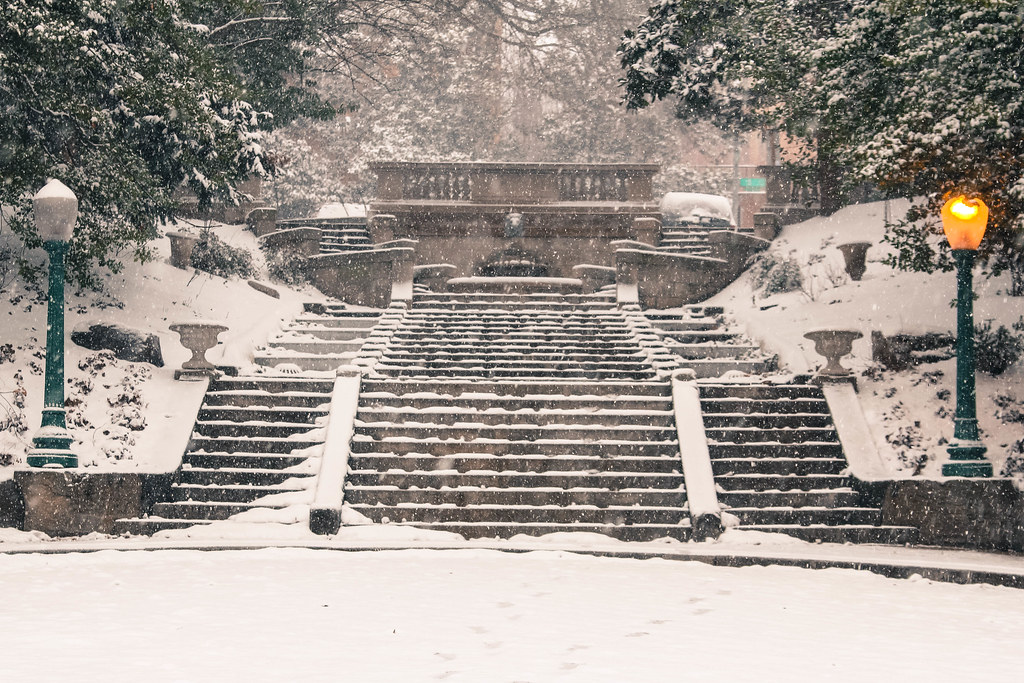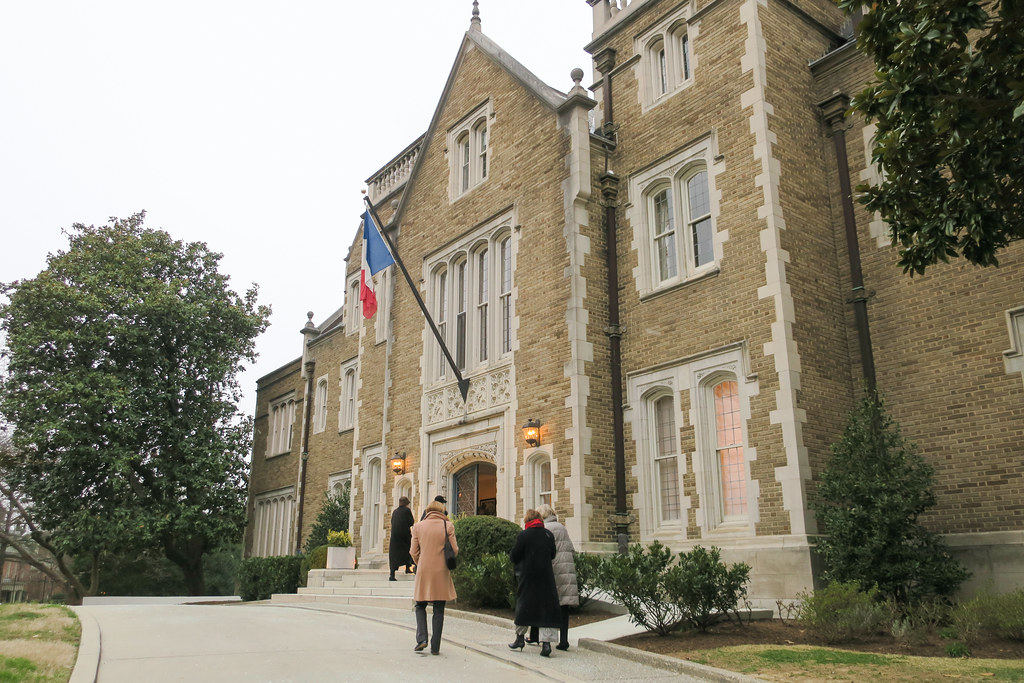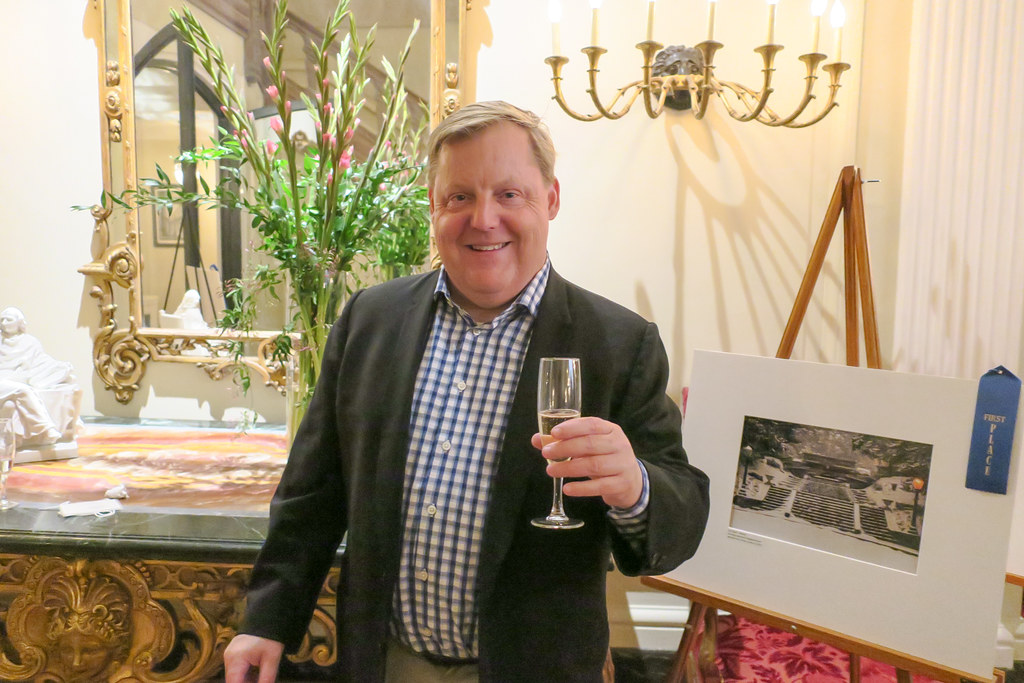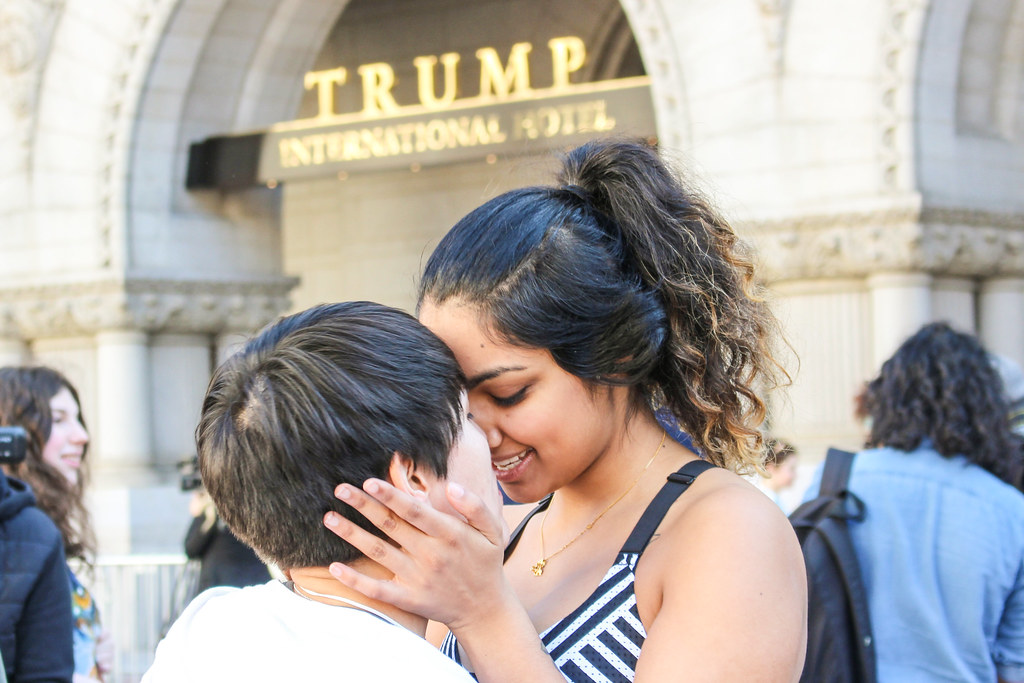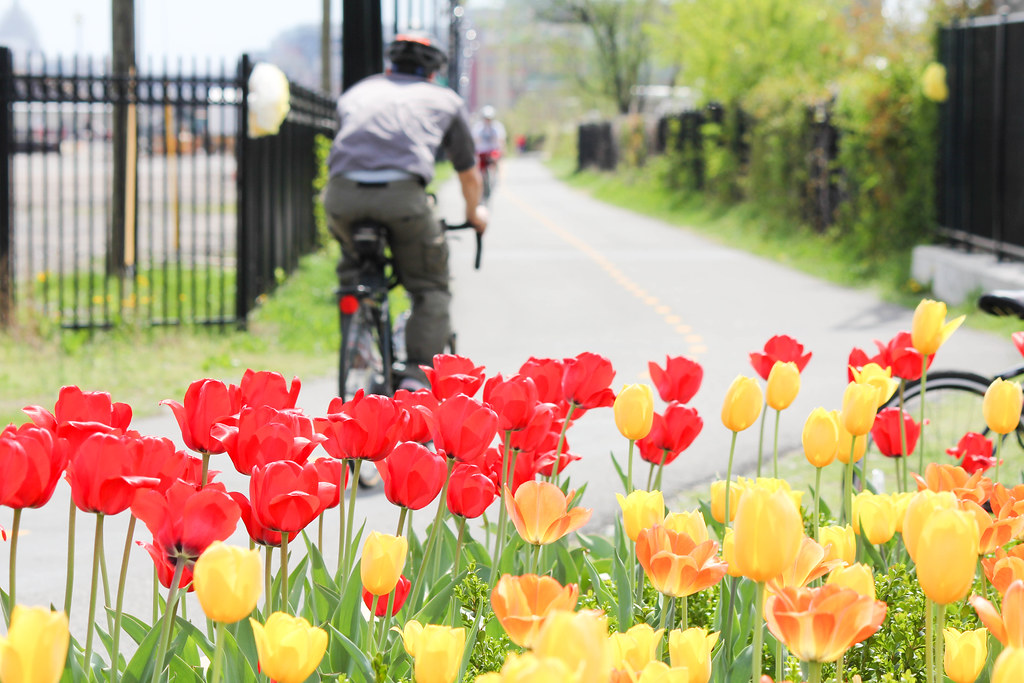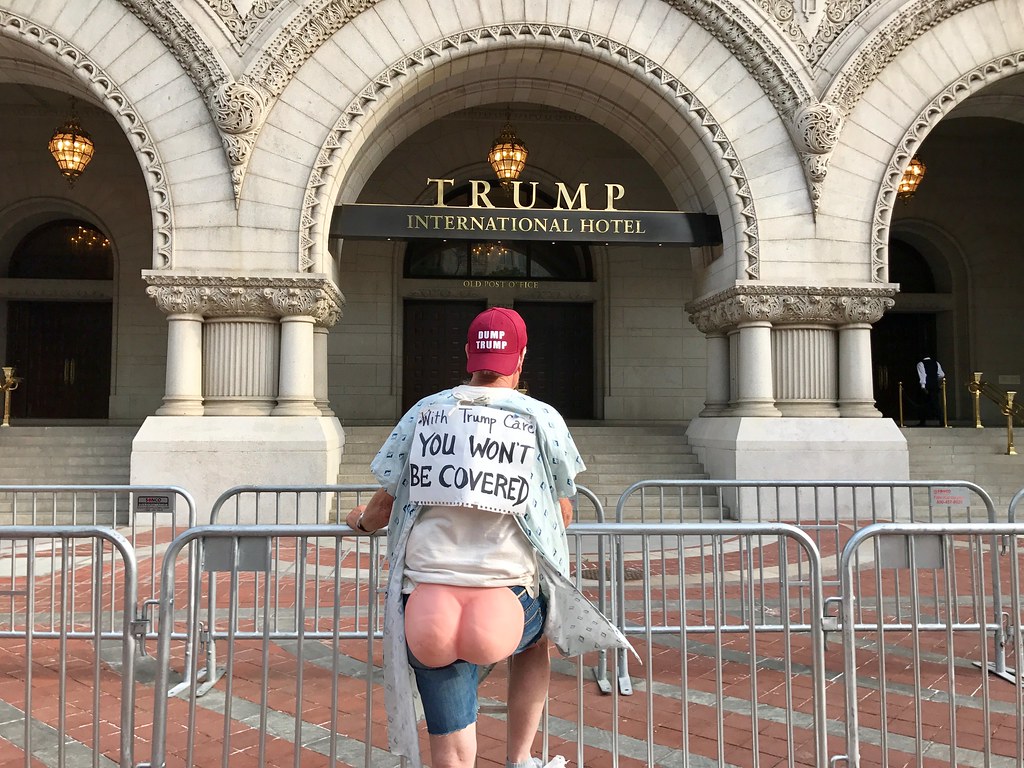
Following the election of Donald Trump, I was not discouraged. I wasn’t even particularly interested, as if I was watching a TV show featuring a car wreck rather than actually living through one. I even a wrote a short story that appeared in the City Paper, Victory Party, that was sympathetic to the misguided wishes of Trump supporters.
Once in office, I assumed Trump would be a new and better man, cognizant of history and burdened with global responsibilities.
We know how that worked out.
His derangement is such a weird outlier in American history that our system doesn’t know how to respond. What do you do if the king is mad? It’s a problem more out of Shakespeare than anything written in the Constitution.
Engulfed by scandal, a rational man would resign. A rational party would step in and force him to do so, like the Republicans did during Watergate.
Instead, Washington is powerless, the will of one man dragging the country into a political abyss from which both parties, and the country as a whole, will be irrevocably changed.
Not even six months in office and Trump recently held his first reelection fundraiser. Shamelessly, it was held at the Old Post Office, a historic building that he’s trimmed with gold and slapped his name on, the Emoluments Clause be damned.
On the street, a few dozen protesters, their focus being on the repeal of Obamacare and its replacement with the rump plan of Trumpcare.
There were two Trump supporters. The first, a homeless man who revived from his drug-induced stupor to stagger across the sidewalk and demand that we respect the President. The second, a tourist who shouted her love for Trump before her husband led her away.
The Presidential motorcade drove by, as if the protesters and supporters didn’t exist, their cries rising up to an empty sky, the interloper slipping into the grand old building that belongs to the public.
I took a few photos of the motorcade. I could see the Presidential seal but not Trump himself. I deleted the photos. Didn’t want them.
In ancient Rome, some rulers were so awful that their reigns were erased from history. Nobody wanted to remember them. Their temples were destroyed. Their burial places hidden. Their names scratched off monuments.
When this ends, and it will end, there will be a similar effort. If America had an undo button, we would hit it. Instead, we will try to pretend that this never happened, like the ex-wife nobody talks about or the house guest that stayed too long.
Of course, we won’t forget – nor should we, this hard lesson in democracy.

